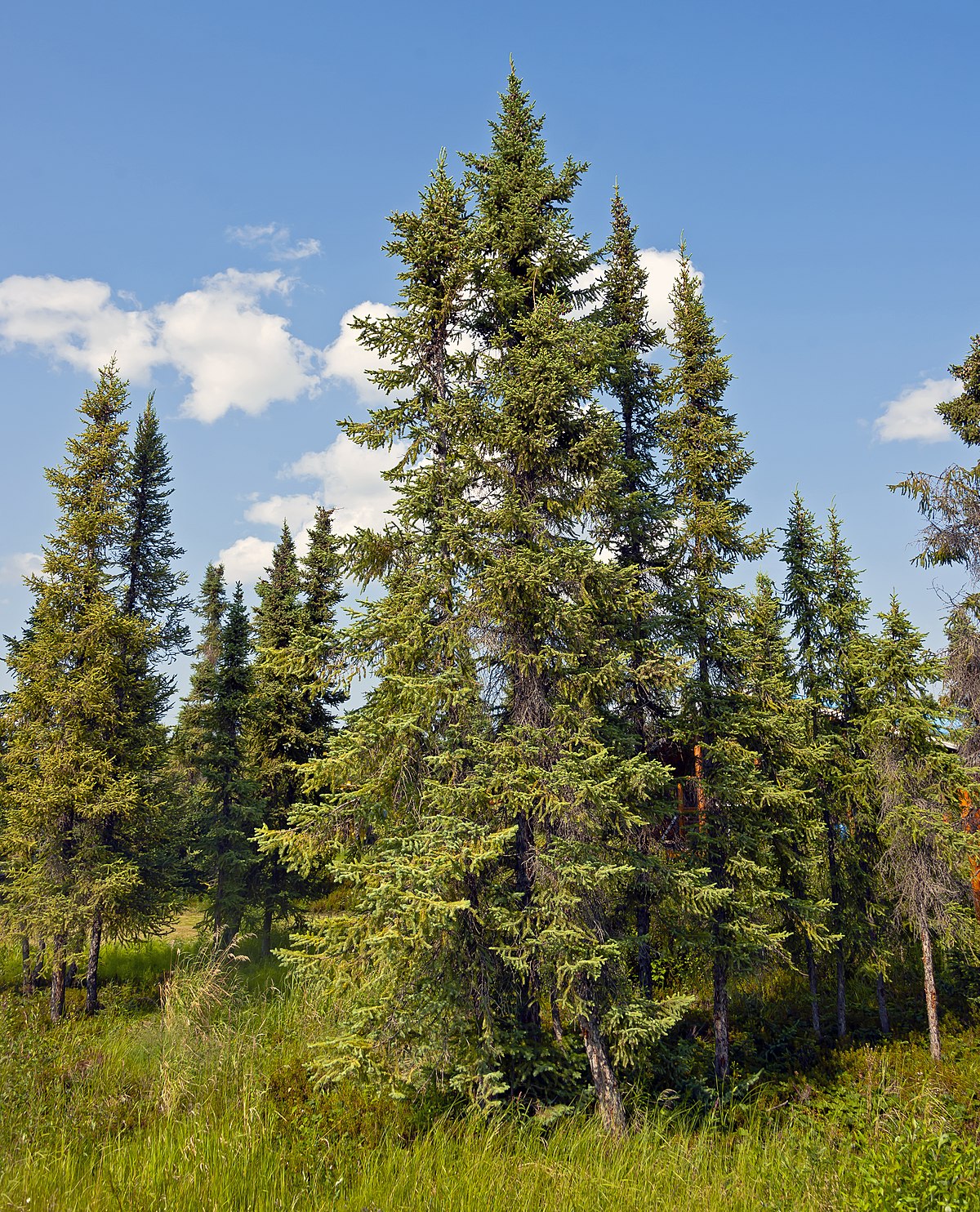My research focuses on answering evolutionary questions using genomic data. I worked on a variety of approach such as
population genomics, quantitative genetics, phylogenetics and comparative genomics.
The experience gained in these different topics led me to develop a more specific interest in how heritable
biological information interacts with an organism's environment to produce phenotypic variation and how such variation
drives evolution.
Current projects
Lyme disease
Lyme disease is transmitted by a tick borne bacteria of the Borrelia genus. Bacteria of the Borrelia genus have some but very complex genomes constitued of a linear chromosome and many linear and circular plasmids. Using long read sequencing, I am reconstructing genomes of different Borrelia strains in order to learn more about the geographic spread and genome evolution of this human pathogen.

Poplar

Wood is widely used as a renewable material and energy source thanks to its physical and chemical properties. Tailoring wood properties for human usage is therefore important for many sectors. Using whole genome sequencing, I searched for large effect genetic variants that could rapidly be used in molecular breeding to modify wood properties. I focused on disruptive variants, defined as small genetic variants changing gene coding sequences and resulting in a deleterious effect on gene products.

